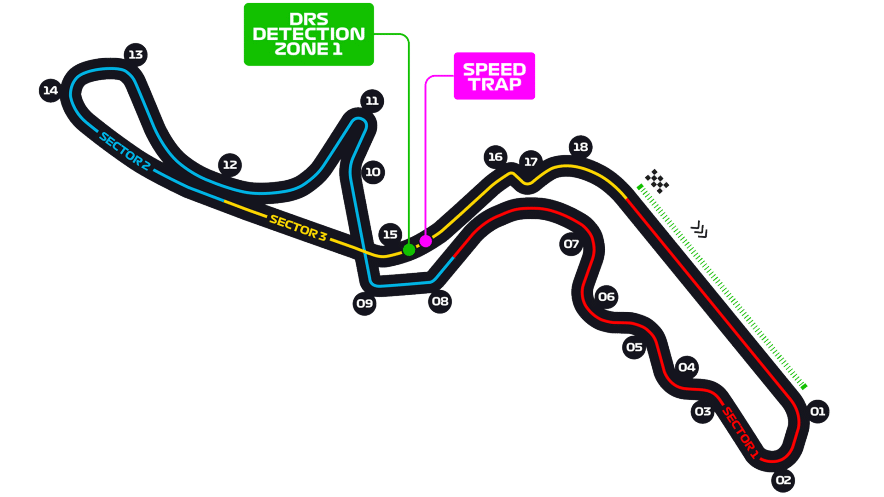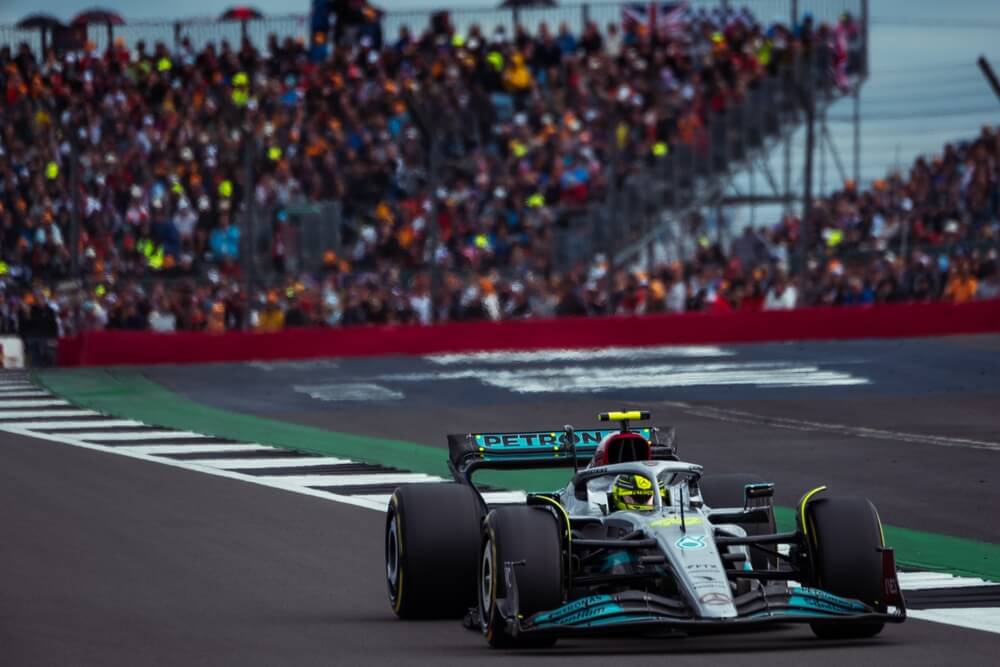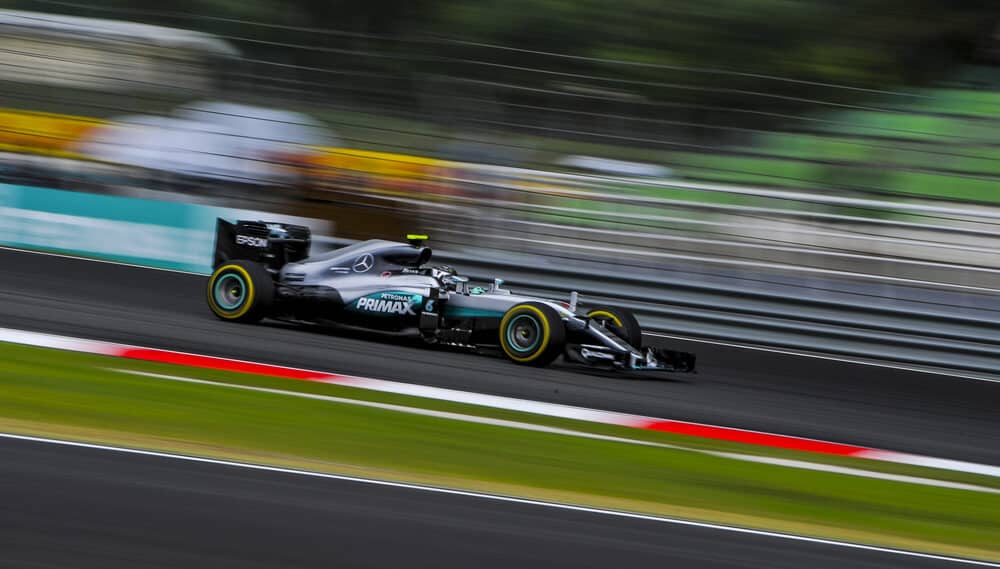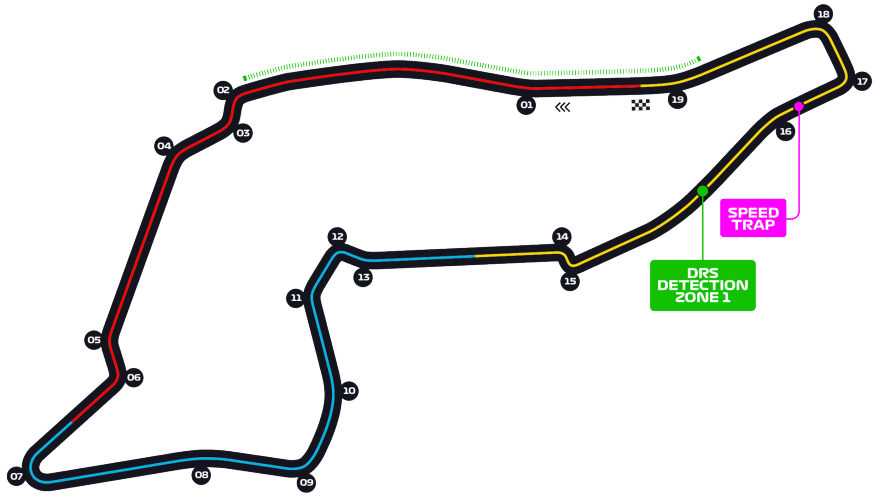Suzuka International Racing Course is a motorsport race track located in Suzuka City, Mie Prefecture, Japan. The circuit was opened in 1962 and has been the host of numerous international motorsport events including the Formula One Japanese Grand Prix.
Table of Contents
Watch this video to learn more about Suzuka Circuit.
History and Construction of the Circuit
The Suzuka Circuit has a rich history in motorsports, dating back to its opening in 1962. Initially, the circuit was designed as a test track for Honda, but it quickly became a popular racing venue. Over the years, the circuit has undergone several renovations and upgrades, including the addition of new facilities and improvements to the track design.
The circuit’s layout was designed by Dutch motorsport engineer John Hugenholtz, and features a unique figure-eight design that offers a challenging and exciting racing experience for drivers. The circuit is 5.807 kilometers in length and has a total of 18 turns, including several high-speed corners and a tight hairpin.
Overall, the Suzuka International Racing Course has played a significant role in the development of motorsports in Japan, and continues to be a popular destination for drivers and fans alike.
Circuit Guide
First Grand Prix | 1987 |
Number of Laps | 53 |
Circuit Length | 4.259km |
Race Distance | 307.471km |
Lap Record | 1:30.983 Lewis Hamilton (2019) |
Famous features of the Suzuka International Racing Course
- Unique figure-eight layout
- 18 turns including several high-speed corners and a tight hairpin
- Host of the Formula One Japanese Grand Prix
- Spectator friendly with multiple viewing areas
- Home to several challenging elevation changes
- Contains a museum dedicated to the history of Honda
- Technical track that tests driver’s skills and car’s handling abilities

Racing at the Suzuka International Racing Course
The Suzuka International Racing Course is a popular destination for motorsports events, including the Formula One Japanese Grand Prix. The circuit’s unique figure-eight layout, challenging turns, and elevation changes make it a favorite among drivers and fans alike.
The track’s characteristics, including its high-speed corners, tight hairpin, and elevation changes, pose a significant challenge for drivers and their vehicles. To succeed at Suzuka, drivers must have a combination of speed, skill, and precision.
Some of the most notable moments in the circuit’s history include Ayrton Senna and Alain Prost’s famous collisions in 1989 and 1990, as well as Lewis Hamilton’s victories in 2014 and 2017. The Suzuka International Racing Course has established itself as a true motorsports classic and continues to be a must-visit destination for racing fans around the world.
Compared to others Formula 1 circuits
| Race | Circuit | Circuit length | Race distance | Laps |
|---|---|---|---|---|
| Monaco Grand Prix | Circuit de Monaco | 3.337km | 260.286km | 78 |
| Dutch Grand Prix | Circuit Zandvoort | 4.259km | 306.648km | 72 |
| Austrian Grand Prix | Red Bull Ring | 4.318km | 306.452km | 71 |
| Mexican Grand Prix | Autodromo Hermanos Rodrígues | 4.304km | 305.354km | 71 |
| Brazilian Grand Prix | Autodromo Jose Carlos Pace | 4.309km | 305.879km | 71 |
| Canadian Grand Prix | Circuit Gilles-Villeneuve | 4.361km | 305.270km | 70 |
| Hungarian Grand Prix | Hungaroring | 4.381km | 306.630km | 70 |
| Spanish Grand Prix | Circuit de Barcelona-Catalunya | 4.655km | 307.104km | 66 |
| Singapore Grand Prix | Marina Bay Street Circuit | 5.063km | 308.706km | 61 |
| Australian Grand Prix | Melbourne Grand Prix Circuit – Albert Park | 5.303km | 307.574km | 58 |
| Bahrain Grand Prix | Bahrain International Circuit | 5.412km | 308.238km | 57 |
| Miami Grand Prix | Miami International Autodrome | 5.410km | 308.37km | 57 |
| Chinese Grand Prix | Shanghai International Circuit | 5.451km | 305.066km | 56 |
| United States Grand Prix | Circuit of the Americas | 5.513km | 308.405km | 56 |
| Abu Dhabi Grand Prix | YAS Marina Circuit | 5.554km | 305.355km | 55 |
| French Grand Prix | Circuit Paul Ricard | 5.842km | 309.690km | 53 |
| Italian Grand Prix | Autodromo Nazionale Monza | 5.793km | 306.720km | 53 |
| Las Vegas Grand Prix | Las Vegas Street Circuit | 6.120km | 305.880km | 50 |
| Japanese Grand Prix | Suzuka International Racing Course | 5.807km | 307.471km | 53 |
| British Grand Prix | Silverstone Circuit | 5.891km | 306.198km | 52 |
| Azerbaijan Grand Prix | Baku City Circuit | 6.003km | 306.049km | 51 |
| Saudi Arabia Grand Prix | Jeddah Corniche Circuit | 6.175km | 308.750km | 50 |
| Belgian Grand Prix | Circuit de Spa-Francorchamps | 7.004km | 308.052km | 44 |
Facilities and Amenities
The Suzuka International Racing Course offers a range of facilities and amenities for spectators, teams, and media. The circuit has multiple viewing areas, including grandstands and hillside terraces, providing spectators with excellent views of the track.
For teams and media, the circuit has a range of support facilities, including garages, pit lanes, and media centers. The circuit also offers hospitality and VIP packages, including access to exclusive viewing areas, premium dining experiences, and VIP lounges.
Visitors to the Suzuka International Racing Course will find a range of accommodation options nearby, including hotels, inns, and resorts. The circuit is also well-connected to the surrounding area, with easy access to local transportation options, including trains and buses.
Winners at the Japanese Grand Prix
These are the drivers who won the Japanese Grand Prix in previous years (from 2010-2022):
- 2010: Sebastian Vettel (Red Bull Racing)
- 2011: Jenson Button (McLaren)
- 2012: Sebastian Vettel (Red Bull Racing)
- 2013: Sebastian Vettel (Red Bull Racing)
- 2014: Lewis Hamilton (Mercedes)
- 2015: Lewis Hamilton (Mercedes)
- 2016: Nico Rosberg (Mercedes)
- 2017: Lewis Hamilton (Mercedes)
- 2018: Lewis Hamilton (Mercedes)
- 2019: Valtteri Bottas (Mercedes)
- 2020: Cancelled
- 2021: Cancelled
- 2022: Max Verstappen (Red Bull Racing)
How to Buy Tickets for the Japanese Grand Prix
The Japan Grand Prix, held at the Suzuka International Racing Course, is a highly anticipated event for motorsports fans. To attend the race, visitors must purchase a ticket.
Ticket options for the Japan Grand Prix include grandstand seating and hospitality packages. Grandstand seating provides spectators with a reserved seat in one of the circuit’s many viewing areas, while hospitality packages offer a more exclusive experience, including premium seating and dining options.
Tickets for the Japan Grand Prix can be purchased through the official circuit website or through authorized ticketing agents. It is important to purchase tickets through a reliable source to ensure a legitimate and enjoyable race day experience.
Pricing and availability for tickets vary, depending on the type of ticket and seating location. Early bird discounts and promotions may be available, so it is recommended to book tickets in advance to take advantage of these savings.
For those purchasing tickets, it is important to consider the recommended seating locations and to familiarize yourself with the circuit’s layout to make the most of your race day experience. It is also important to be aware of any deadlines for purchasing tickets and to familiarize yourself with the ticket’s refund, exchange, and cancellation policy.
How to bet on the Japanese Grand Prix
Betting on motorsports events, including the Japan Grand Prix at the Suzuka International Racing Course, is a popular pastime for many fans. To bet on the race, you can visit online sports betting websites or physical bookmakers.
Before placing a bet, it is important to familiarize yourself with the track, drivers, and teams competing in the race. You can also consider factors such as weather conditions, past performance, and odds to make informed betting decisions.
It is also important to be aware of the regulations and laws surrounding sports betting in your jurisdiction, and to only bet with licensed and reputable operators.
Frequently asked questions about Suzuka International Racing Course
What types of motorsports events are held at Suzuka International Racing Course?
What amenities and facilities are available at Suzuka International Racing Course?
Can I buy tickets to watch the Japanese Grand Prix at Suzuka International Racing Course?
Conclusion
The Suzuka International Racing Course is a prominent motorsports venue and a staple on the Formula One calendar. With its unique and challenging layout, the circuit has provided a backdrop to some of the most memorable races in motorsports history.
The circuit continues to evolve and modernize, with plans for further improvements and developments in the future. With its rich history and continued relevance in the world of motorsports, the Suzuka International Racing Course is a must-visit destination for motorsports fans.
Article sources
Learn more about Formula One
Want to learn more about F1? Then visit our Formula 1 glossary and dictionary.



